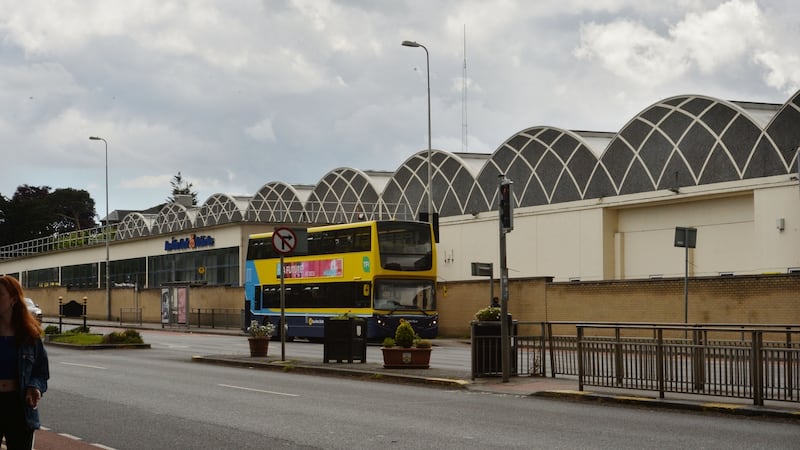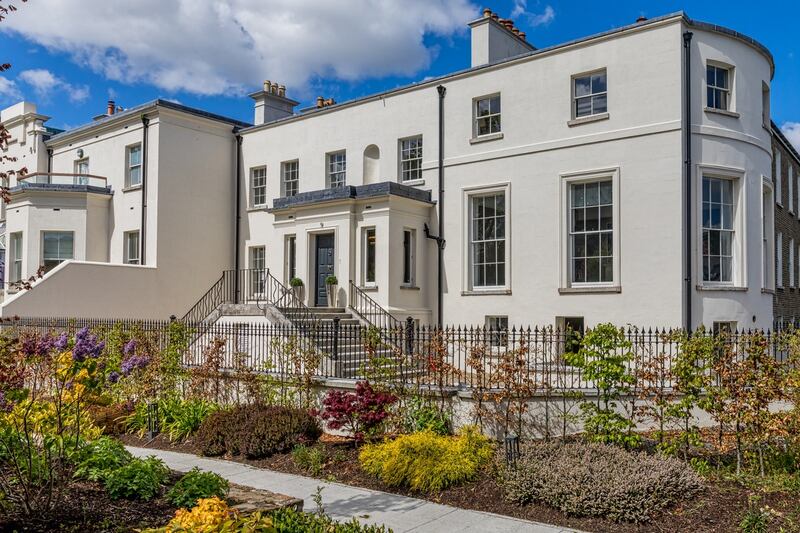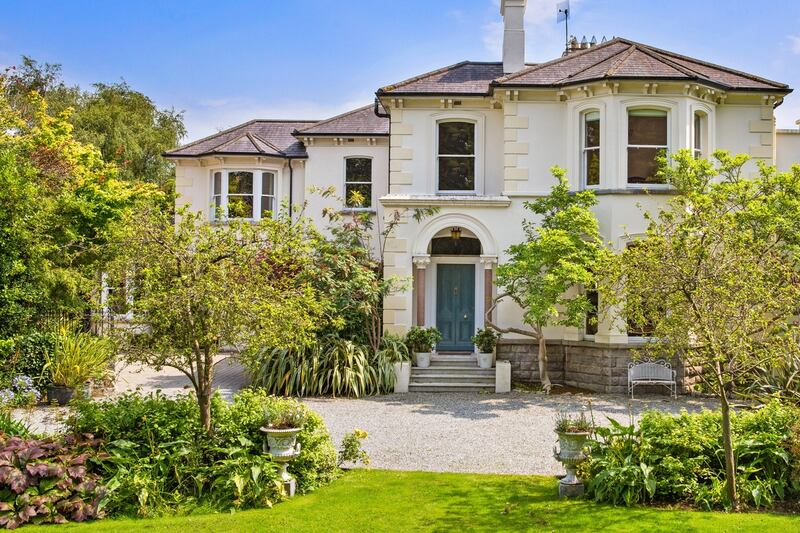While most people will be familiar with the concept of living over the shop, the idea of living over a bus station, or even on the grounds of one, is arguably more novel.
But that's exactly what could be in store for thousands of the capital's current or future residents if the exercise just initiated by Dublin Bus is followed through to what advocates of the so-called "15-minute city" would see as its logical conclusion.
As flagged by The Irish Times in March, Dublin Bus is looking to put together a shortlist of consultants to tender for a depot development feasibility study. There are two strands: investigating how to develop the company’s garages so they would continue to operate after development; and comparing the merits of the existing depots with potential new locations, considering the property requirements of Dublin Bus and the CIÉ group with elements of economic modelling, project management, and architectural, engineering and construction services.
The tender notice says the company expects all existing locations – at Clontarf, Conyngham Road, Donnybrook, Harristown, Phibsborough, Ringsend and Summerhill – "will be open for consideration" but no more than two will be shortlisted for detailed studies. To carry out a robust analysis, the notice says, the successful tenderer must engage with CIÉ Group Property, Dublin City Council, the Department of Transport and the Land Development Agency. We anticipate a queue of union officials, not to mention residents' groups, ready to voice their opinions on the shortlisted locations.
With regard to the first strand, Dublin Bus chief executive Ray Coyne told this newspaper’s Inside Business podcast, “In the city-centre environment, there’s lots of room above the depot and there’s also room below a depot. What we’ve seen in a number of other cities is that you can build above a bus depot and house your buses below ground level. You can [then] build mixed-use residential above.”

Given the hole in the finances at the State-owned operator – figures published last month show it took in €125.1 million last year, down from €263 million in 2019 – let’s conduct a tour of the sites.
Clontarf garage, listed in the Record of Protected Structures in the council’s 2016-22 development plan, is on a wide site with decent frontage to the coast road. Harristown, beside Dublin Airport, is the only depot outside the M50, and Summerhill is in the north inner city. The huge Conyngham Road depot is beside the Phoenix Park. A €15m renovation of the listed buildings at Broadstone was completed in March; the Phibsborough depot is part of that complex.
On the southside, one agent we spoke to saw the docklands square mile at Ringsend (built by Crampton in 1940-41) as the most obvious prospect. Indeed, with reference to economics, Mr Coyne said “There’s depot assets [in Ringsend]; what’s the best use of those for the company and for the city?”
And of course it will be interesting to see how Donnybrook fares; the Michael Scott-designed landmark on the corner of Beaver Row and the Stillorgan dual carriageway is noteworthy for its concrete barrel-vaulted roof, and well-connected neighbours.
Tenders must be lodged by Friday, May 28th, and while we expect the procurement office will be waiting for at least one submission, it’s probable that dozens will come along at once.



















